We see from CBN data that Nigeria’s gross official reserves declined by USD280m in November to USD35.41bn. Since the receipt of IMF loan proceeds of about USD3.4bn in May to tackle the Covid-19 virus, the CBN has managed to hold reserves broadly stable, with a downward bias amounting to a fall of USD1.18bn over six months. Its achievement has to be qualified with the caveat that a pipeline of delayed external payments has developed since late March, estimated at USD3bn by the IMF. A large share of the pipeline consists of the repatriation proceeds of exiting foreign portfolio investors (FPIs).
Total reserves at end-November covered 7.5 months’ merchandise imports per the balance of payments (BoP) for the 12 months to end-June, and 4.8 months when we include imported services. The cover will look better when we see the BoP for Q3’20 because of the compression of imports, notably services in the light of the then closure of Nigeria’s international airports.
Egypt is often compared with Nigeria. Both secured the condition-free IMF credit to confront external shocks (Covid in this case). Egypt has also signed a traditional Fund programme and developed a better credit story. There is no payments pipeline and EM investors have returned in numbers to its local financial markets in the past two months.
Its BoP for 2019/20 (July-June) looks somewhat stronger. Egypt posted a services surplus of USD9.0bn, compared with Nigeria’s deficit of USD28.2bn in the same period. Further, it attracted FDI inflows of USD7.5bn (vs USD2.1bn), and inward remittances of USD27.8bn and rising (vs USD23.0bn and falling).
The CBN’s series shows just fx and does not specify its swap arrangements. In its latest ratings action for Nigeria at the end of September (a change in its outlook from negative to stable), Fitch estimated such obligations at USD5.4bn. The CBN does share movements on swaps (inflows and outflows) in one of its quarterly publications but not the underlying stock.
The comparable figure for South Africa at end-November was USD44.1bn, to which we add SDR holdings at the IMF and gold reserves to arrive at gross official reserves of USD53.8bn. We then deduct fx deposits (which were part of fx reserves) and forward transactions such as swaps. This gives us the international liquidity position in the chart of USD51.3bn.
Gross official reserves (USD bn)



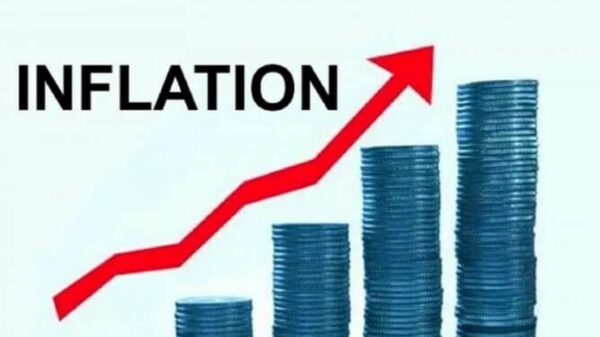

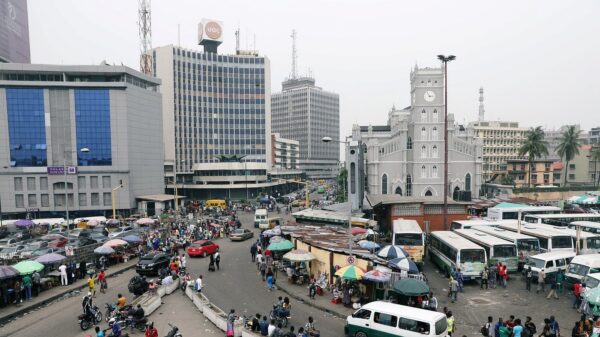





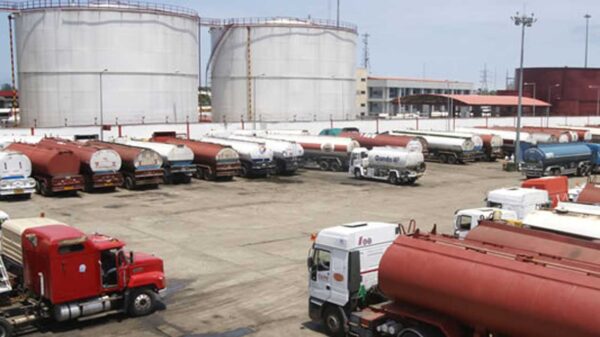

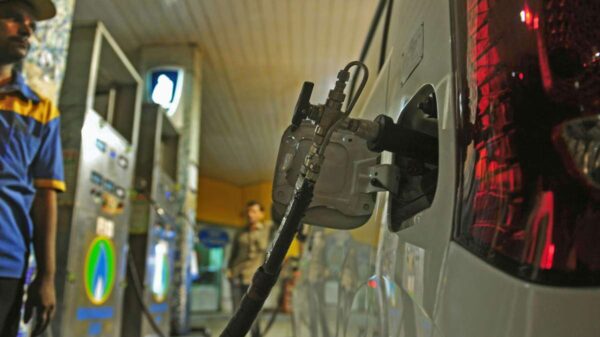

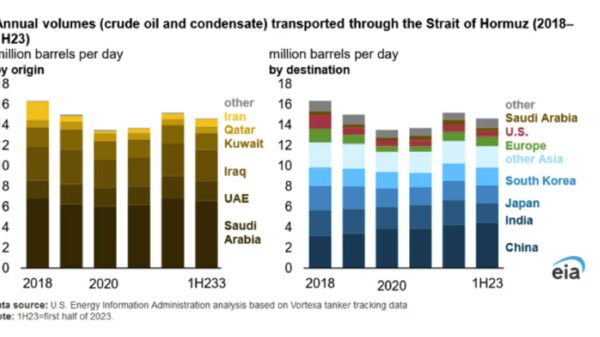







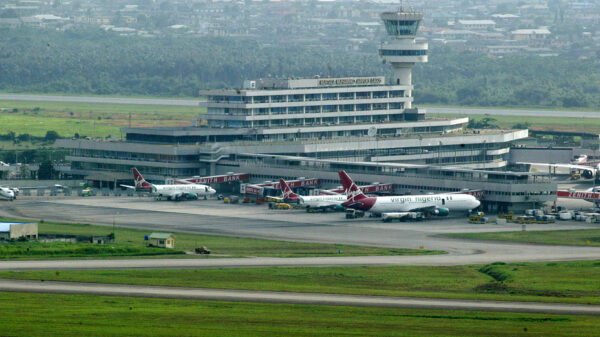



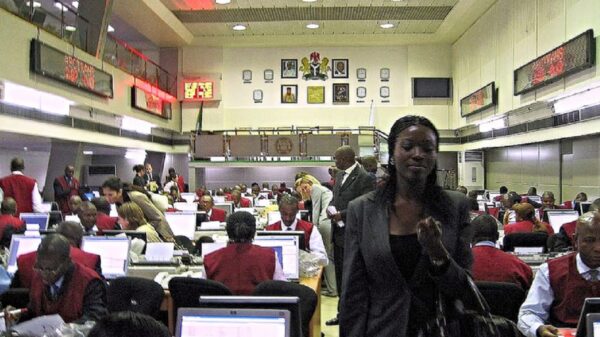





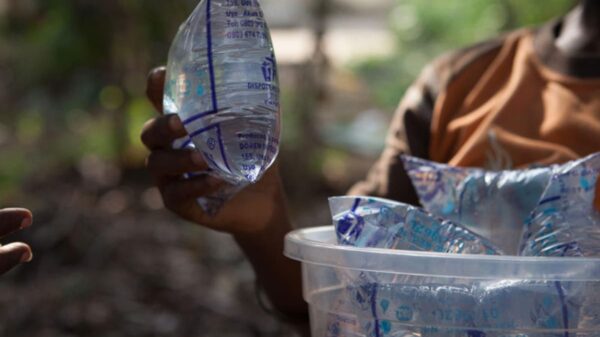
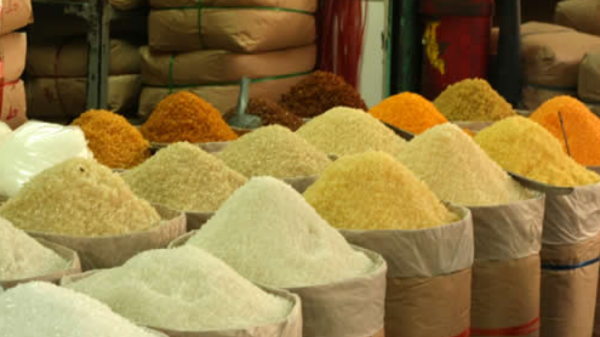


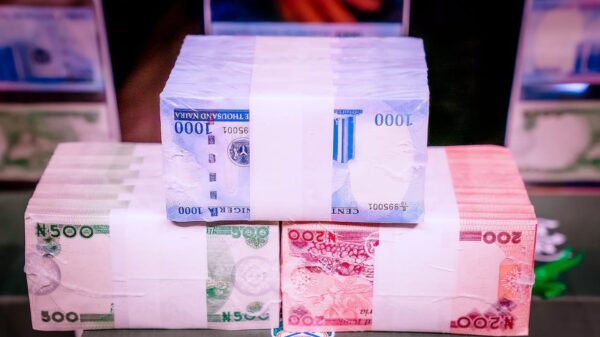
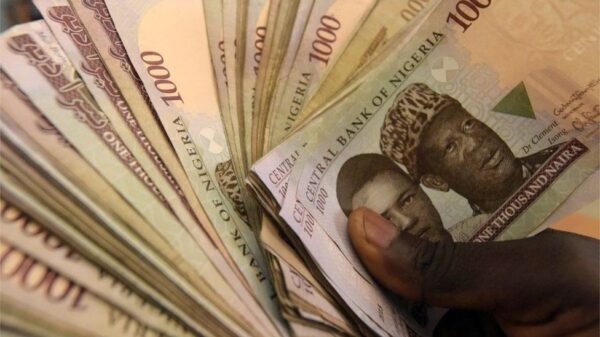
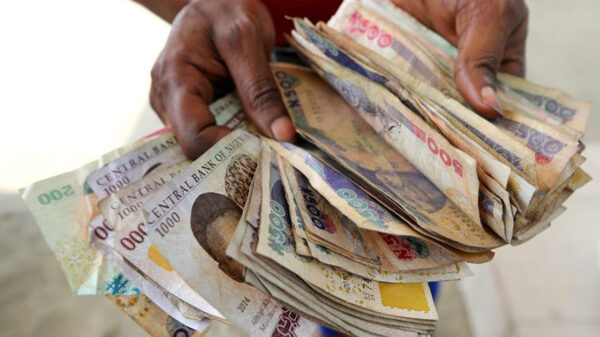
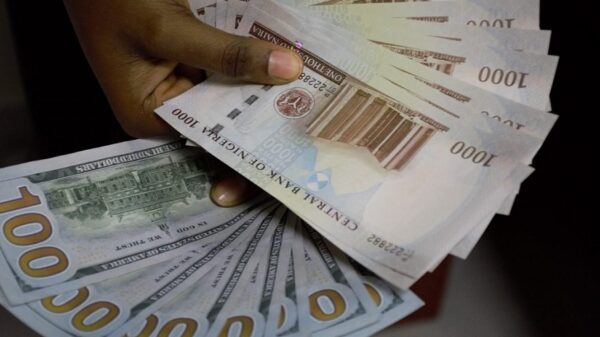


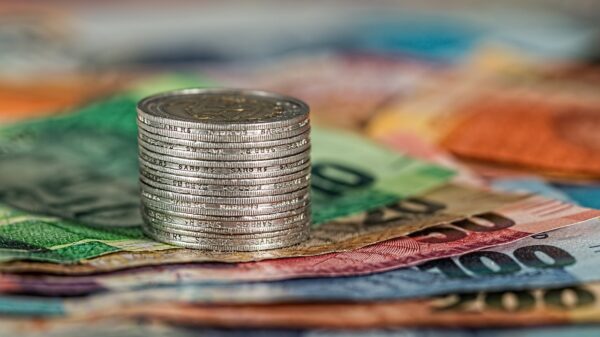







You must be logged in to post a comment Login